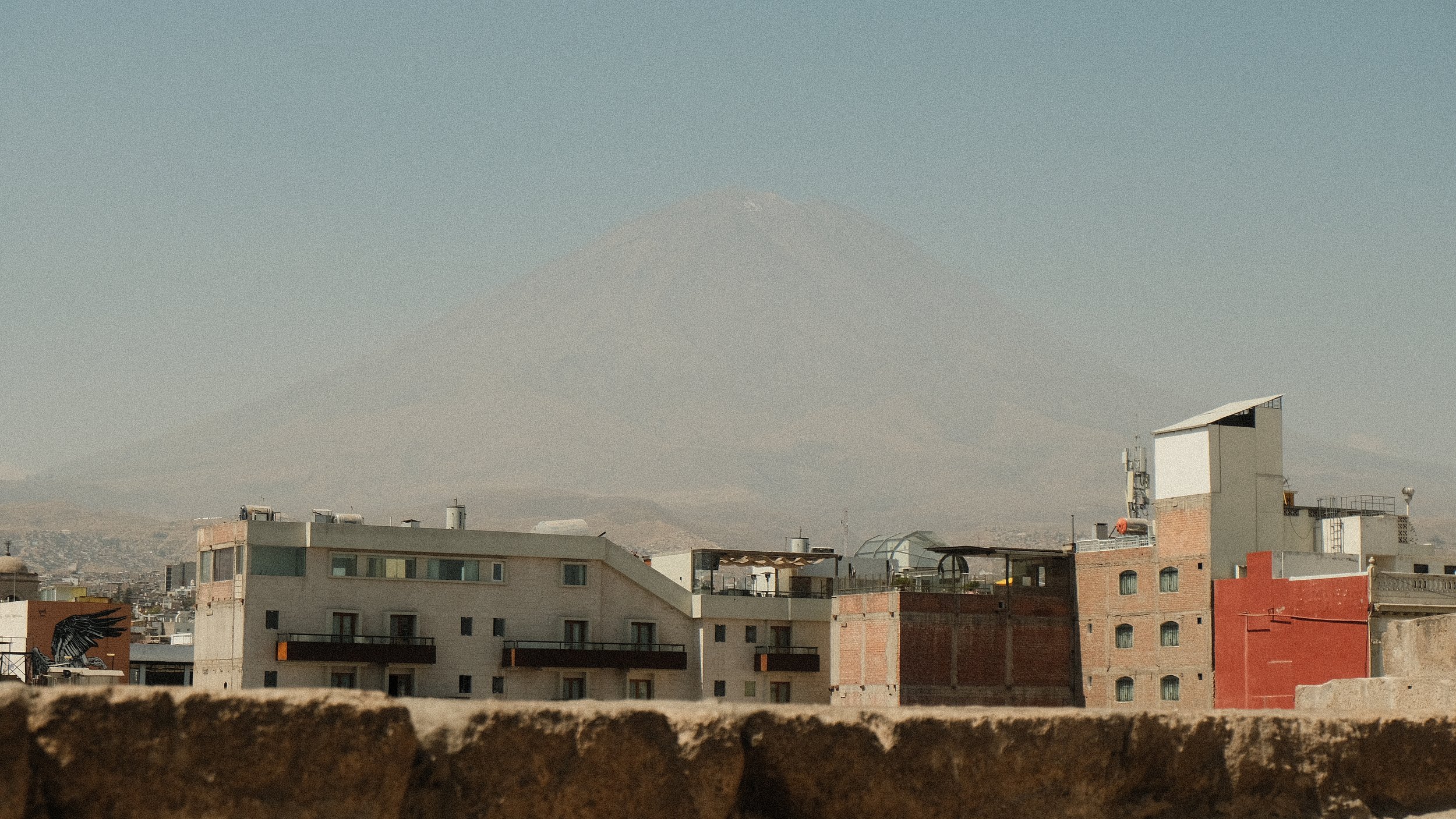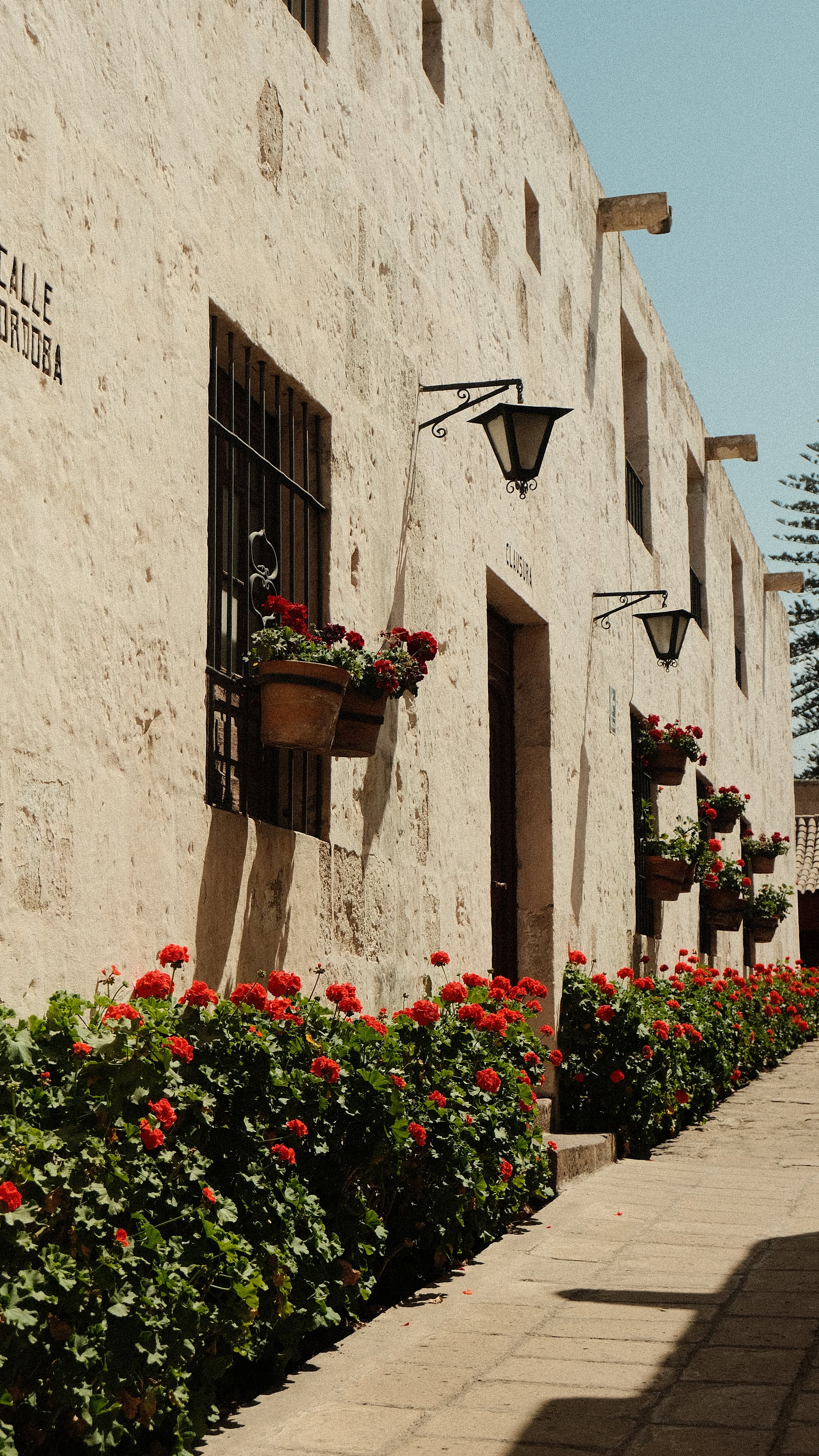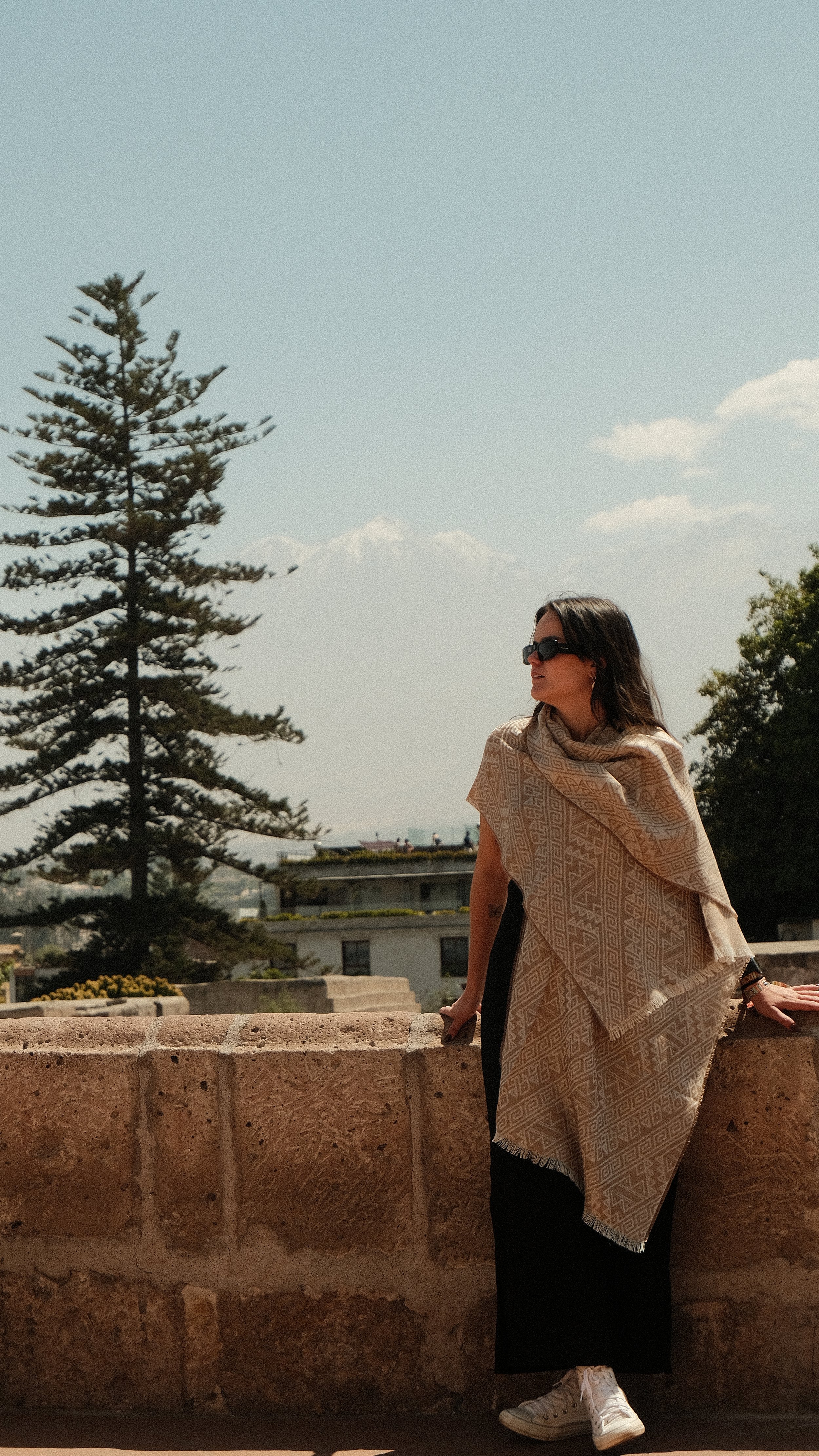Arequipa, Peru | Monasteries, Volcanoes, and Hidden Treasures in Peru's White City
Continuing my 15-day journey through Peru, my second destination was Arequipa. This city is surrounded by three volcanoes and sits at an altitude of over 2,000 meters (which is good for getting accustomed and not feeling too bad in Cusco).
Just like in Paracas, I planned three days in the "White City," which earned this nickname due to its colonial architecture and buildings constructed with local volcanic stone, called white sillar.
For these days, I chose to stay at Selina, which is located very close to the city's historic center where I planned to explore more. For two nights, the cost was $30 USD. Although they offer recreational activities, I didn't feel the same welcoming atmosphere that I experienced at Viajero Kopopelli in Paracas.
To get from Paracas to Arequipa, I also took a Cruz Del Sur bus. This journey was longer, about 14 hours. As a result, I arrived in the city around 1 AM and took an Uber to the hostel (which, by the way, works very well there, contrary to what I was told).
On my first day exploring the city, I decided to start with the Yanahuara Viewpoint, where you can see the Misti volcano through white sillar arches. Just below the arches, there are stalls selling city souvenirs (Peruvians have a strong haggling culture, and I hate asking for discounts, so this part of buying little things was difficult for me).
The second stop could be none other than Mundo Alpaca, which is an incredible place where you can feed Alpacas, Llamas, and even Vicuñas (they're very calm animals and let you caress their super soft fur). And the best part is, entrance is free!
Mundo Alpaca was created by Sol Alpaca, a very traditional brand of clothing made from these animals' wool. So the place is a museum that tells the history of wool use in the country, and it has a store for those who want to buy an item (with quite steep prices, but that's normal for this type of wool).
I went back on the second day to see them again, they're so cute, and I ended up deciding to take a wonderful scarf as a souvenir.
After leaving there, I walked to the central square, strolled through the streets to explore some of the shops, and took the opportunity to buy an antihistamine, which was very necessary as my body decided it was time to catch a cold.
After taking the medication, I went for lunch at 13 Monjas, a café/restaurant next to a super interesting monastery (which I'll talk more about below). This place really surprised me, because honestly, I thought it would be just another one of those beautiful and trendy places that don't serve good food.
I don't need to tell you how wrong I was, right? I ordered my first Pisco Sour of the trip and a four-cheese pizza, which was fantastic - good enough to eat while praying along with the 13 Monjas hahaha
After eating, I decided to go back to the hostel to rest, because it had reached that point where the cold knocks you down and all you want is a quiet place to get better.
Fortunately, I woke up feeling much better the next day and was able to follow the planned schedule. So I headed to the Santa Catalina Monastery. The entrance fee is 40 soles, and you can opt for a guided tour for an additional 20 soles (the guides speak various languages). I found it very interesting that when buying the ticket, they asked which country I was from and immediately handed me a brochure in Portuguese.
The monastery now functions solely as a museum. However, it was once home to about 300 women who lived in complete isolation. The place is so large that it's divided into streets (you receive a map when you enter).
Some of the living quarters are still preserved to show how they lived, and they range from just a single room with a bed and an altar, to others with three rooms plus a kitchen and private bathrooms. The accommodation depended on how much the family paid for the women to live there.
On one of the monastery's streets, there's a steep and almost hidden staircase that provides access to this beautiful view of the Misti volcano, an iconic stratovolcano that dominates the city's skyline.
Next to the monastery is the basilica in the city's central square, which offers guided tours for 10 soles. During this tour, you can see the gold jewelry used by the priest to celebrate masses on special occasions, climb up to the bell tower, and once again have a marvelous view of the volcanoes surrounding the city.
Leaving Arequipa, it's possible to take various tours and engage in more extreme activities around the volcanoes, such as hiking, mountain biking, or even volcano climbing. However, I ended up saving these for next time to spare myself and recover my health, as the plans for my last 7 days in the country would be more adventurous.
Until the next post...







